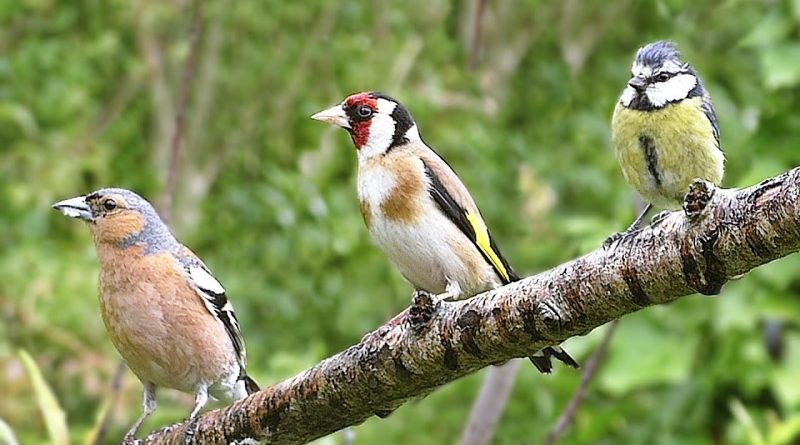Birds that Sing While Flying: Motion Music
If you hear music above, look up! Several birds, including sandpipers and larks, perform concerts while they are in the air.
Almost everywhere in North America is home to at least a few different species of birds that sing while flying. If you keep an eye out for them while you’re in an open area, you can be treated to a magnificent aerial show.
Humans may just see birdsongs as lovely outside melodies, but for birds, the music has a purpose. Male birds sing primarily to proclaim their territorial claims and to entice females. They frequently sit up on a prominent, high perch to offer their serenades because they need to be heard. A male song sparrow may fly up to the tallest adjacent shrub to sing after foraging on the ground, while a male cardinal may ascend to the top of a tall tree to sing his song. Nonetheless, the sky is always the highest perch if there are no adjacent tall bushes or trees. Many birds who dwell in open spaces make that decision, singing loudly as they soar through the sky above their particular piece of ground.
Hornet’s Lark
The horned lark is one of the most often encountered flight singers. This common bird is widespread yet simple to miss because of the little feather “horns” on its head. Most of the time, it is found in flat, open terrain like ploughed fields, pastures, short-grass grasslands, southern deserts, or Arctic tundra. The male horned lark starts his display at the start of the nesting season in early April. He soars quietly to dizzying heights, often more than 500 feet in the air. Then he turns to face the wind, opens his wings and tail, and begins to sing a melodious, tinkling tune. He could sing incessantly for up to ten minutes before abruptly falling back to the ground.
Shorebirds
In the summer, a large number of shorebirds, such as plovers and sandpipers, travel to the Arctic tundra to lay their eggs and rear their young. As there aren’t any tall trees on the tundra, many of these shorebirds and other Arctic birds sing in flight. The American goldenplover makes a succession of mellow whistles while flying in broad circles with slow, deep wingbeats. The male pectoral sandpiper does an unusual flying show in which he puffs out his breast almost to the size of a basketball, then soars in circles while emitting a loud, hollow hooting sound.
Grassland Birds
There are several flight-singers on the Great Plains, North America’s grassland heartland. Little songbirds like the lark bunting, Sprague’s pipit, and chestnut-collared longspur are among them. The upland sandpiper’s breathy whistle is one of the most lovely tunes. This beautiful “shorebird” that inhabits a remote location is a capable flier. Every year, it migrates to South America and returns. While in its mating grounds, it whistles and sings from atop fence posts and other elevated perches, but mainly flies in the air over the plains.
Wilson’s Snipe and American Woodcock
The American woodcock is another member of the sandpiper family that sings while flying. During the breeding season, the male woodcock glides over damp fields at dusk while tweeting and twittering. This elusive bird spends the day hiding in forests. Yet audibly, just chirping noises are produced. The wind passing across his wings’ slender outermost feathers causes the twittering. The Wilson’s snipe, a bird related to the woodcock, likewise creates music in an unexpected way. The male snipe produces a rippling, hollow bleating sound known as “winnowing” as he soars through the air above his breeding area. The snipe’s tiny outermost tail feathers, which vibrate quickly as it soars and dives through the air, are what produce the sound.


Pingback: Black-billed Magpie: The Ideal Blend of Intelligence and Beauty - The UNXOX